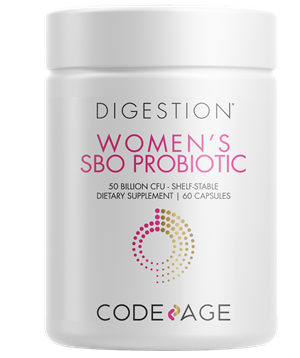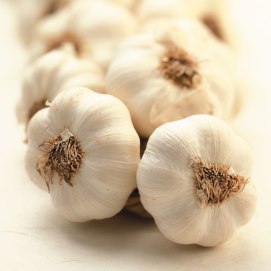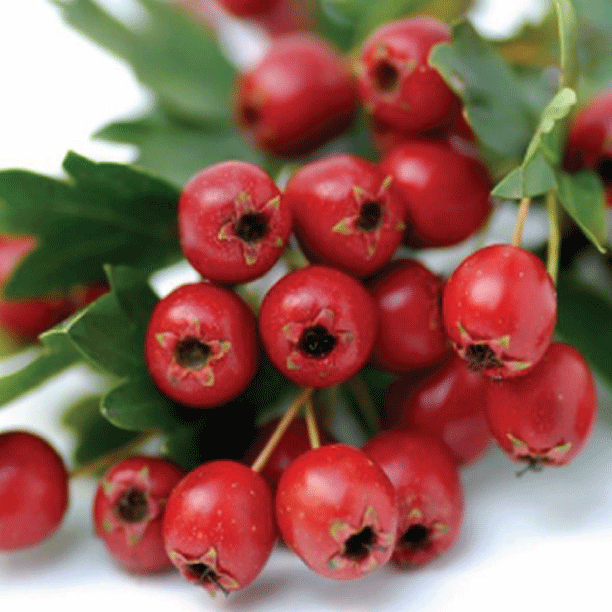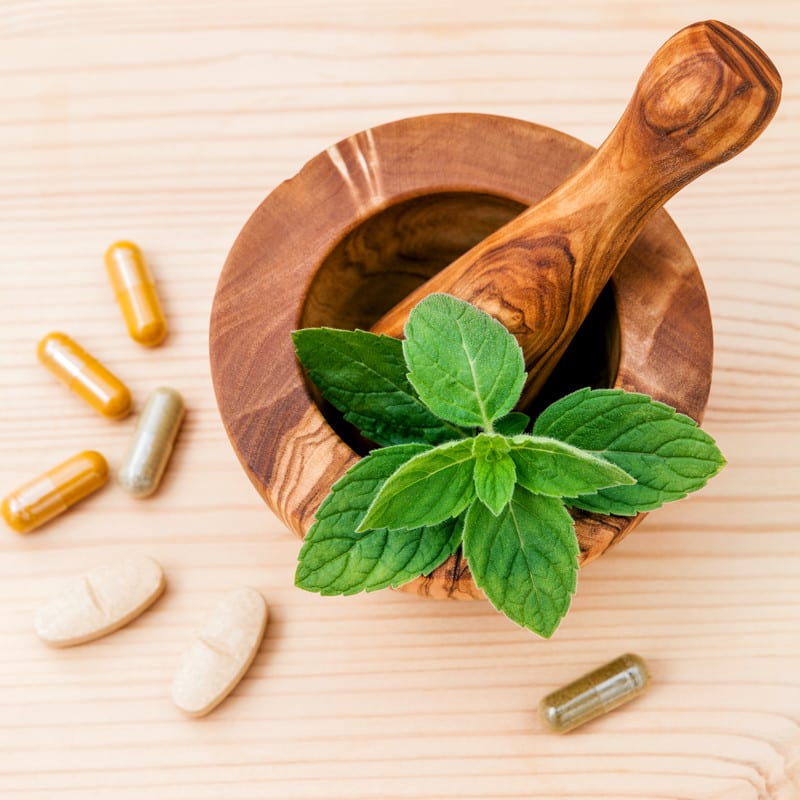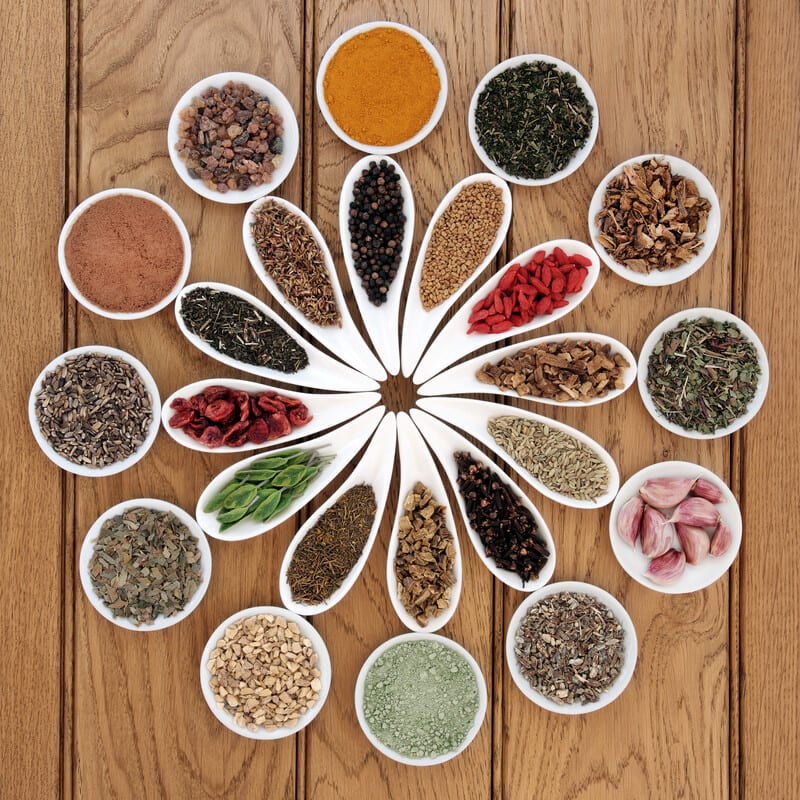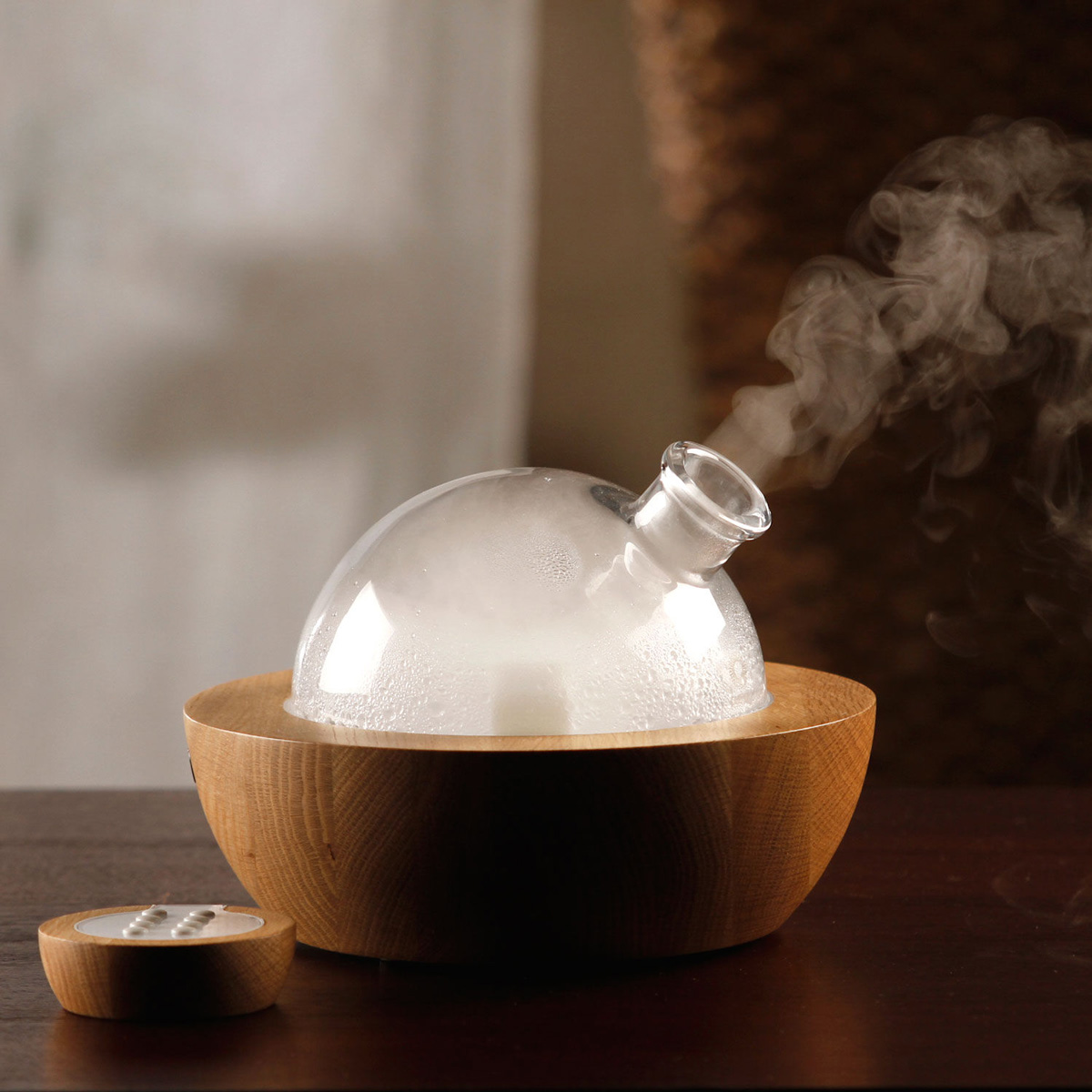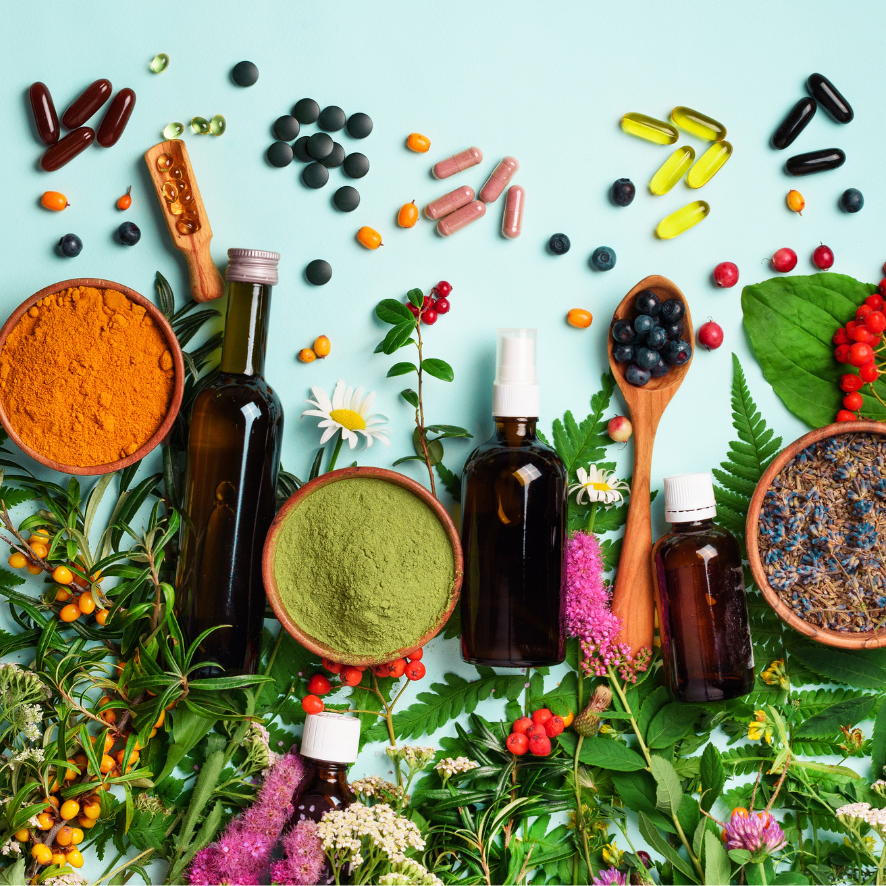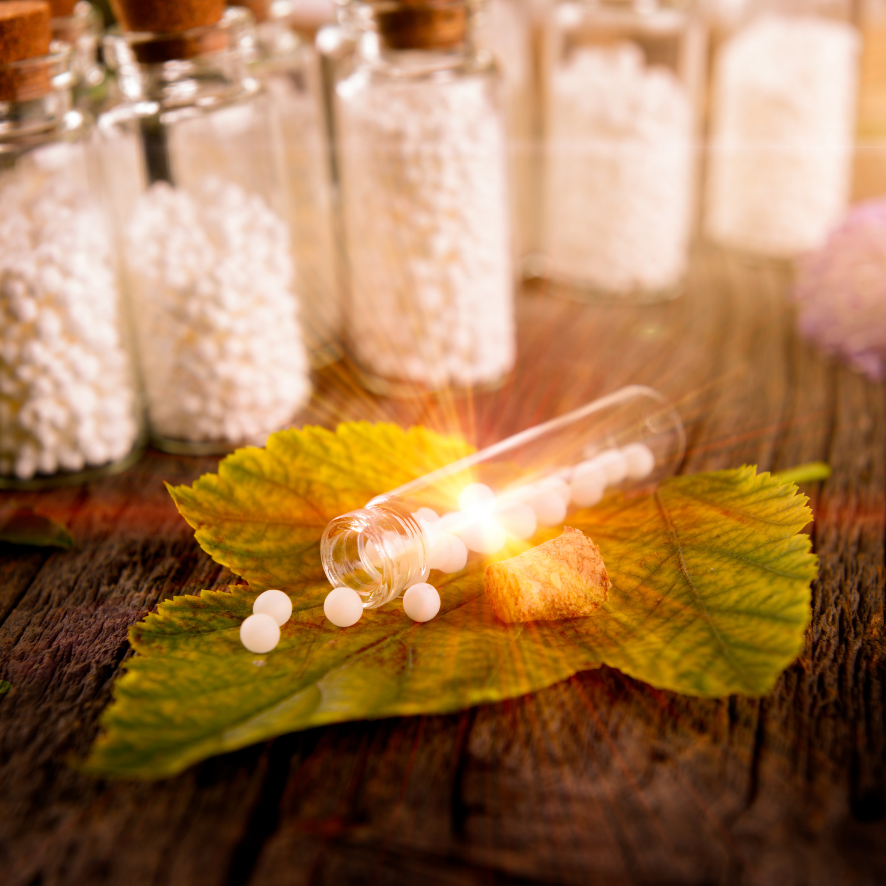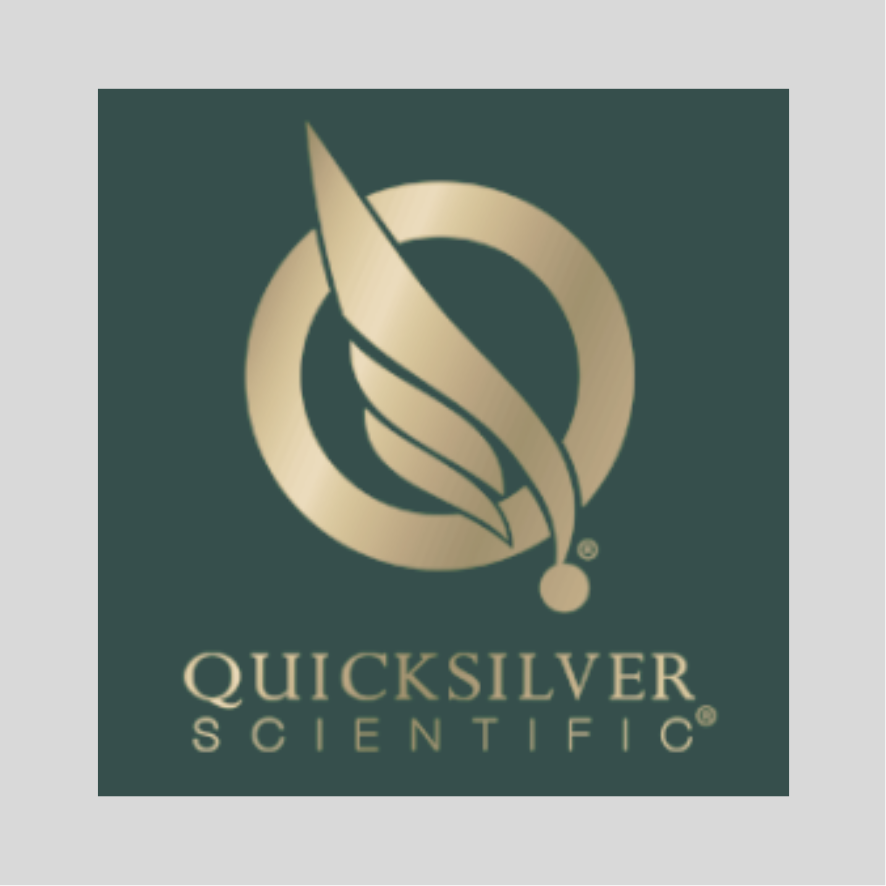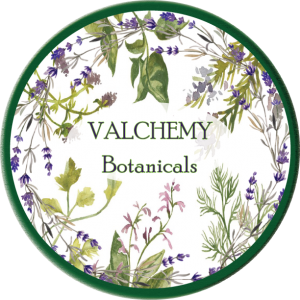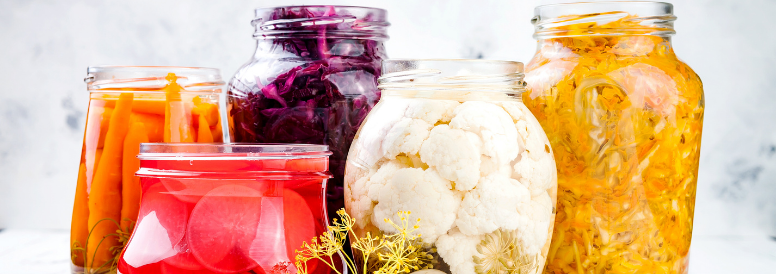Microbiome – In Us, Not Of Us
A wide variety of microorganisms inhabit almost every part of the human body — living on the skin, in in the nose and the gut. These microorganisms are known collectively as our microbiome and luckily, most of the time they live in harmony with us, providing functions essential to our survival. We know that having normal, healthy gastrointestinal bacteria is important for maintaining good health and through extensive research, we have a very good idea of what “normal” looks like for a healthy Western population.
However, there are many factors that change the composition of our gut microbiome, including the foods we eat, how we cook them, the drugs we take, our environment and stress- yes, even stressful thoughts! All of these components alter our body chemistry and therefore our microbiome, making it understandable why changes would have a correlation to health and wellness.
The bacteria that comprise our microbiome are in us but not of us. Technically, we are in a relationship with our microbiome — and, it may be the most intimate relationship we can have. Research has shown that there is a link between our mood and our gut bacteria — but like the chicken and egg, it has not yet been definitively discovered which has the first effect.
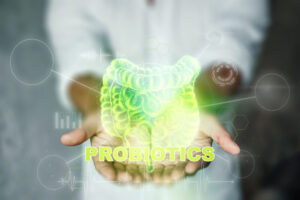 Our microbiome is affected by our thoughts, our feelings, our breath, our movements, what we eat, what we drink, how we sleep and our general state of health. Research has shown that our microbiome reacts and responds, but despite its important effects, the many mechanisms by which the gut microbial community influences the host’s biology remain fairly unknown. Unfortunately, we are not typically aware of how our microbiome is responding, changing and affecting us, nor do we think much about it (unless we experience unpleasant GI symptoms).
Our microbiome is affected by our thoughts, our feelings, our breath, our movements, what we eat, what we drink, how we sleep and our general state of health. Research has shown that our microbiome reacts and responds, but despite its important effects, the many mechanisms by which the gut microbial community influences the host’s biology remain fairly unknown. Unfortunately, we are not typically aware of how our microbiome is responding, changing and affecting us, nor do we think much about it (unless we experience unpleasant GI symptoms).
Rehabbing the Gut Microbial Community
The composition of our gut flora is constantly changing. Toxins, drugs (like antacids), poor diet and illness and various traumas can seriously disrupt the normal healthy balance of gut bacteria and end up favoring the growth of non-beneficial species.
Probiotics and prebiotics can help “rehab the community” by boosting the population of beneficial bacteria to help restore a healthier balance. While probiotics typically do not “move in to stay”, for the long term, they are like volunteer workers, building and holding space for other good bacteria to move in and colonize.
Researchers currently define a probiotic as a live microorganism, which when ingested in adequate amounts confers a SPECIFIC health benefit. Researchers seek to relate a SPECIFIC health benefit to a SPECIFIC strain of microorganism to better understand and utilize probiotics in a scientifically and clinically meaningful way.
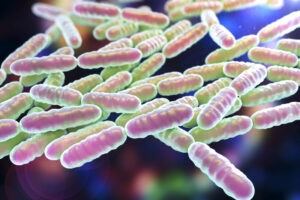
Probiotic Bacteria Lactobacillus
It has been found that different strains of bacteria in a given species, say Lactobacillus plantarum, do not always share the same properties, characteristics, and actions. This means that although one strain of bacteria has a proven action or characteristic, it does not mean that all other strains within that species will too, even if they are closely related. When identifying new probiotics for medical use, researchers are looking to answer these three questions: 1) What is the specific organism (strain)? 2) What is the “adequate amount” to take? 3) What is the health benefit?
For example, Lactobacillus rhamnosus gg, also known as Lactobacillus gg, is an extremely well researched probiotic strain. It was patented in 1985 and there have been numerous studies proving more than 44 health benefits. Lactobacillus gg has extremely good intestinal wall adhesion, promoting the colonization of other beneficial strains which “play well together” in the microbial community.
Choosing the Right Probiotic Product
There are thousands of different probiotic products on the market today. Researchers and experts in this field encourage people to use specific strains that have been researched and found to confer a specific benefit or action. The vast majority of probiotic products contain strains of bacteria normally found in a healthy GI system or frequently found in fermented foods, though each strain may not be individually researched. Does that mean they are ineffective? Not necessarily.
As any clinician will tell you, there are many benefits to taking a high-quality, diverse probiotic to boost the population of normal, good bacteria in your GI system, but each person will have their own unique response to any given product and it may be helpful to try different products when looking for the greatest benefit. Also, it may be worth including in the treatment plan those strains which have been researched and have shown clinical effectiveness for particular health concerns.
Again, keep in mind, a product that works well for one person may cause unpleasant side effects in another. Most products on the market are higher in lactobacillus strains, and lower in bifidobacteria strains. Therefore, it often helps to try a high bifidobacteria product as an alternative and a lower dose. Probiotics higher in bifido bacteria are usually well tolerated.
General research consensus is that probiotics are very safe and currently there is no evidence that you can take “too much”. However, there are exceptions as researchers believe that probiotics are contraindicated for immunocompromised individuals, including those undergoing cancer treatment.
-
Sale!
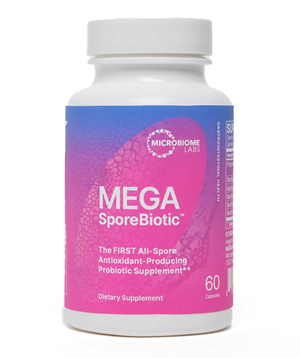
MegaSporeBiotic 60 caps
Original price was: $63.99.$54.40Current price is: $54.40. -
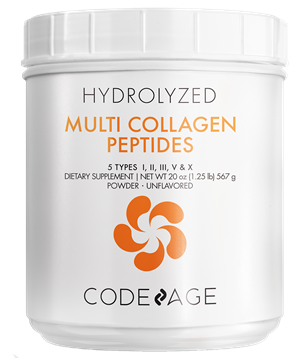
-
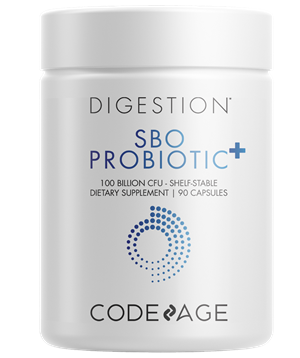
SBO Probiotic 100 90 caps
$39.99 -
